To all the people who have sent me pics of their treasured and beautiful No.4 Mk I rifles by email:
I hate you all and your mothers dress you funny.

Thatisall.

My favorite toy
To all the people who have sent me pics of their treasured and beautiful No.4 Mk I rifles by email:
I hate you all and your mothers dress you funny.

Thatisall.
Via Insty, I see this trend, and I’m not happy about it:
While data from 2019 to date shows the compact category has consistently had the greatest sales performance, hovering around 40%, the biggest changes have occurred in the micro-compact category. From 2019 to date, the micro-compact market has grown from an 18% to 25% share, making them a quarter of the 9mm semi-automatic handguns sold. Also notable is the fact that micro-compacts have taken a majority share in the combined sub-compact/micro segment.
Almost all, of course, in the 9mm Europellet chambering.
I’ve tried quite a few of these belly guns in the past, and never found one that suits me — unless in a smaller caliber like .32 ACP. And frankly, if you’re going to use a belly gun (thus named because its use is to stick it into your target’s belly before pulling the trigger), I think the actual difference between calibers is irrelevant because a 1.5″ barrel develops no muzzle velocity past that created by the powder charge itself.
I understand that some people may find a large frame carry pistol to be too heavy and cumbersome and all that. While I don’t have a problem carrying a 1911 myself, I can see that someone else might want something smaller but still retaining more oomph than a 1.5″ barrel throwing out [sic] a 9mm bullet.
Allow me, then, to suggest something like Colt’s excellent Combat Commander, which differs from the full sized 1911 only insofar as it has a 4.5″ barrel, an inch or so shorter.
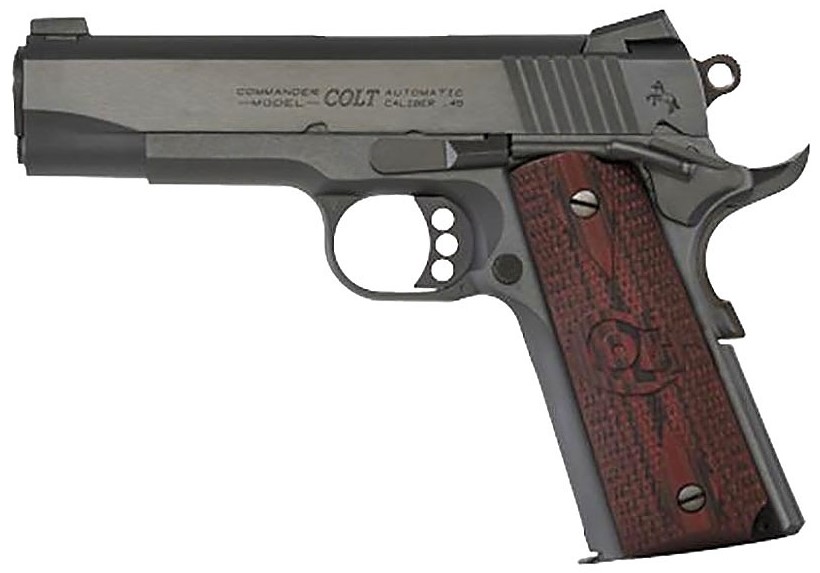
Longtime Readers will know that I dislike the “extended” grip safety which seems to be what all the cool kids are asking for these days:
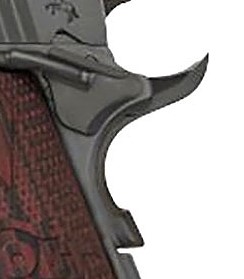
…but which is easily swapped out for a normal one, the only irritant being to add about $50 to the cost of ownership.
The Commander-sized 1911 is pretty much the only compromise I’d be willing to make in the “ease of carry” argument, so forget those teeny lil’ pocket guns. Especially in 9mmP.
If I wanted a real belly gun, I’d get a Bond Arms Derringer in .45 Colt / .410ga:
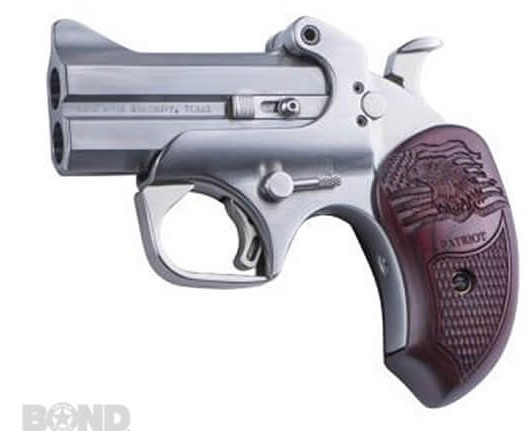
Now that’s going to leave a mark in some goblin’s belly, you betcha. And it fits nicely into a pocket, too.
As much as I always loved my old Smelly:

…I have to admit that the sights are not the best. That teeny little V at the rear makes quick acquisition of the target a little problematic.
Such is not the case with the SMLE’s successor, the Rifle No.4 Mk I:

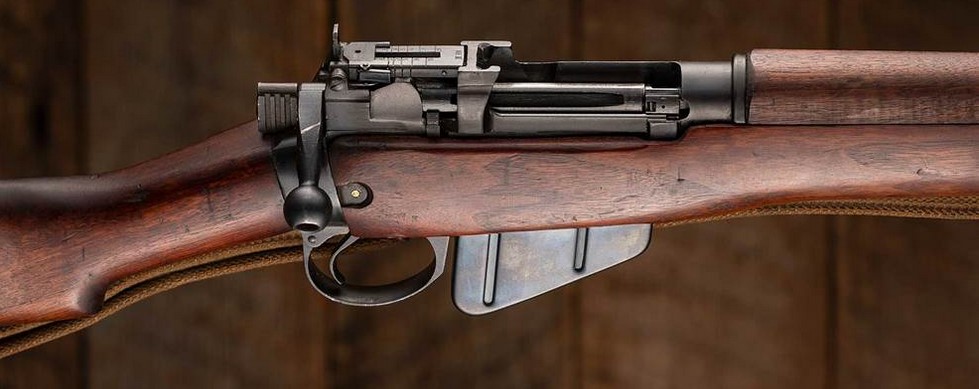
With the exception of the semi-automatic Garand, the No.4 was probably the best battle rifle of its era, because with its aperture sight and 10-round magazine, it combined firepower with combat-level accuracy, and its silky-smooth bolt action made for a fearsome weapon.
I’ve fired many a No.4, and never had a bad time with any of them. My only regret is that I’ve never actually owned one.
Which makes this article all the more painful.
Early on a Sunday morning in June, a tractor-trailer backed into the rear parking lot of the Navy Arms warehouse north of Martinsburg, W.V. Inside the truck’s shipping container were four huge wooden crates containing a long-forgotten batch of British No. 4 Lee-Enfield rifles with a unique history. Two green, military-style chests, each brimming with plastic-wrapped bolts, accompanied the wooden containers. Inside the warehouse sat cardboard boxes filled with newly made No. 4 rifle magazines, waiting for their recipients to be offloaded. Valmore Forgett, III, president and CEO of Navy Arms, had shepherded these guns from their storage spot in France to this final point on a long journey that first started on C-47s, B-24s and B-17s flying over war-torn France.
As the crates were forklifted out of the shipping container, eager hands pried nails and loosened screws securing the plywood lids in place. Finally, the crate cover slid off, revealing a sea of bubble-wrapped rifles filling each box to the brim. It took the team at Navy Arms about a week just to unpack the carefully cocooned guns, while Val’s sons unwrapped each individual bolt from its plastic packaging, recorded its serial number and matched it to its rifle, wherever possible. After a brief wipe-down, quick swab of the bore and import-marking, the rifles were moved to a rack, where they awaited their moment under the camera lights.
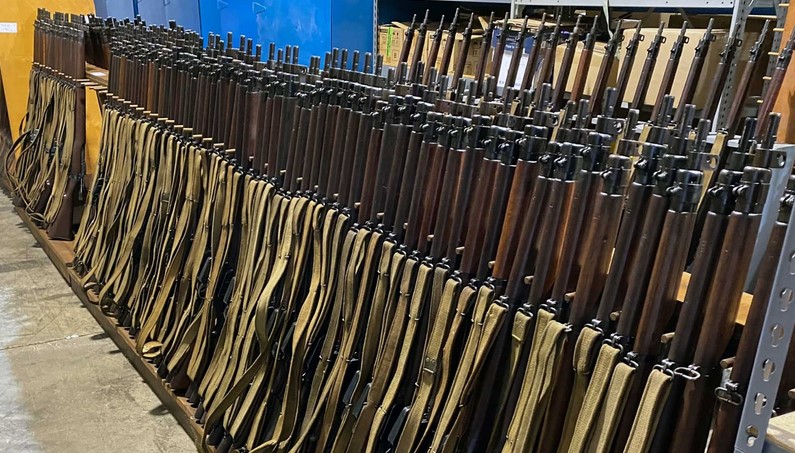
Aahhhh… have mercy.
I don’t wanna talk about it no more because it just hurts too much; you’ll have to follow the link for details, and more pics to drool over.
I’ll just go over to the corner and pout.
Browsing through the “new arrivals” at Collectors, I stumbled across not one but two older Lugers. If you haven’t watched Othias and Mae’s take on this splendid old piece — and shame on you if you haven’t — go there now and spend a worthwhile hour learning about the Pistole 08.
The first one that caught my eye is a “Swiss”-type Model 1900 Luger, issued to the Swiss police, and was the first Luger to be adopted by anyone.
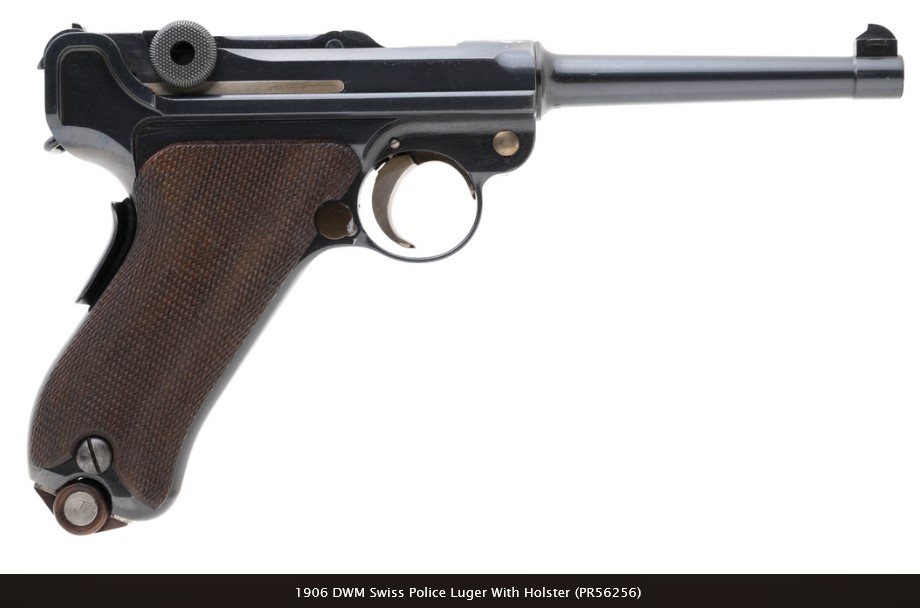
What interests me is that firstly, we know that this little beauty was well-looked after for at least the first 50 years of its life because it was used by a 1.) Swiss 2.) policeman, and I bet that since its arrival in the U.S. some fifty-odd years ago, it’s been just as carefully maintained. As its price (just under $3,000) would indicate, this is like to be a cherry, and scarce withal because the Swiss ordered only a few thousand of them. Only later did those 1900 Police models (chambered in 7.65x21mm Parabellum / .30 Luger) get replaced by the P.08 in 9mm Parabellum, which means that this particular model spent most of its life in Switzerland locked in a cabinet somewhere as surplus (the Swiss never sold off their older-model Lugers to civilians until they opened them up for export in 1959).
The second of the Lugers is a “commercial” (i.e. private) piece:
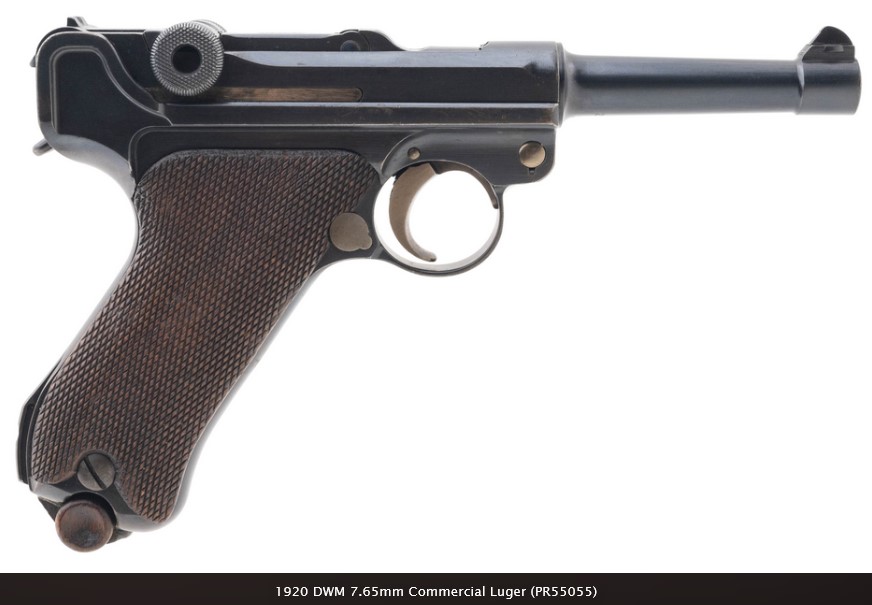
Note that the Swiss model can be distinguished from the commercial one by the added grip safety (which was part of the Swiss list of requirements). As with all such guns, we can’t be sure of this one’s condition because we don’t know how owners have handled the thing (and its price, under $2,000, reflects both that and its non-rarity, as they were produced in the tens of thousands). Unlike most of the Lugers out there today, this particular one is also chambered in 7.65mm Parabellum.
…which of course is going to raise the question: “Hey Kim, if you think the 115gr 9mmP is a useless Europellet, why do you like the smaller 93g .30 Luger cartridge so much?” and it’s a valid question.
Simple answer: it’s more fun to shoot, and makes no claim to being an effective self-defense cartridge. It used to be thought of that way, back in the very early 1900s when the cartridge was first released, but the Euros hadn’t yet been exposed to the .357 Magnum or even the .45 ACP. (For some reason, Euros have always preferred inadequate cartridges in their handguns. No, I don’t know why either.)
More importantly, I actually used to own a Luger chambered in 7.65mm, sold it under extreme duress, and I can truthfully say that of the many hundreds of centerfire pistols I’ve fired in my lifetime, that Luger ranks #3 in the “fun gun” category. (#1 is the 1905 Colt in .32 ACP, and #2 is the SIG Sauer P230, also in .32 ACP.) I still wish I’d kept it.
Fun guns are those that you do not shoot for practice, e.g. self-defense or competition, but on those occasions when you just shoot at cans or something, and you don’t want to shoot .22 LR (it can happen), or you just feel like shooting a different gun.
And boy, is that Luger ever different.
Ammo cost is surprisingly low. Prvi Partizan (bless their little Balkan hearts) make the .30 Luger, and the retail thereof is about 60 cents/round. Sellier&Bellot 9mmP compares at 35 cents, but then again you’re going to shoot your Europellets in the thousands versus the .30 Lugers by the dozen.
Another point of query might be shooting a pistol with the severe grip angle/rake of the Luger (and Ruger .22 pistols) compared to my favorite style of the 1911:
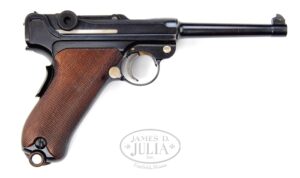
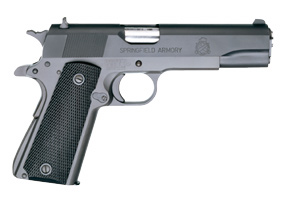
The Luger grip doesn’t require familiarity — it is, after all, more of a curio than a “functional” gun.
All that said, if I had the dough right now I’d be talking about that Swiss beauty as a recent acquisition rather than as an object of desire.
Credit card giants Visa, Mastercard, and American Express will start categorizing sales of guns from gun shops using a new merchant code from the International Organization for Standardization. Previously, individual sales from gun stores were categorized as “general merchandise.”
And:
Now, the gun control lobby will go to banks and start pressuring them not to take credit card sales from gun shops. And isn’t it convenient that the banks can now easily identify gun sales by the code that was just approved by the credit card companies? Visa, Mastercard, and other credit card companies are middlemen between the merchant and the bank, and pressuring large banks to refuse to honor credit card sales would potentially devastate the firearms industry.
Most people should have enough “spare” cash on hand for a SHTF situation which can be used for this purpose, but I appreciate that in these times of Bidenflation, that may not be the case.
My suggestion: assuming that you don’t have enough “ready” cash on hand to make the purchase, draw cash from your credit card (up to whatever the monthly limit is) until you have enough to buy the gun you want. Use the first cash withdrawal to “hold” the item, and pay the balance when you’ve collected enough. Most gun stores will do this for you, as I recall.
There are all sorts of other ways to circumvent this (e.g. private sales between individuals), and I welcome suggestions in Comments.
After November, let’s start a concerted lobbying effort for Congress to write a law that disallows this practice, as an infringement on the Second Amendment.
I’m saying all this because all my other thoughts are a great deal blacker and more, shall we say, drastic, but let’s not go there.
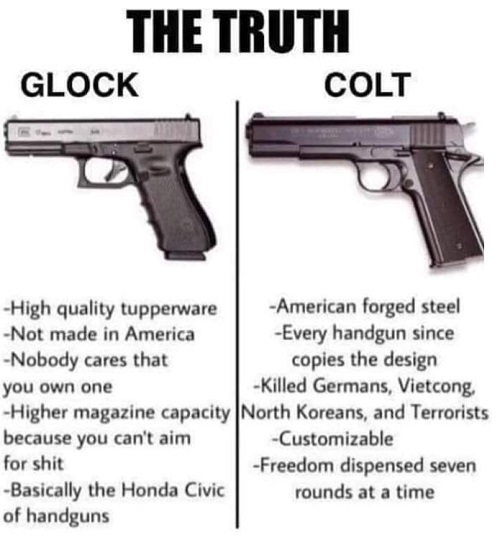
“the Honda Civic of handguns”… har har har I like that one.